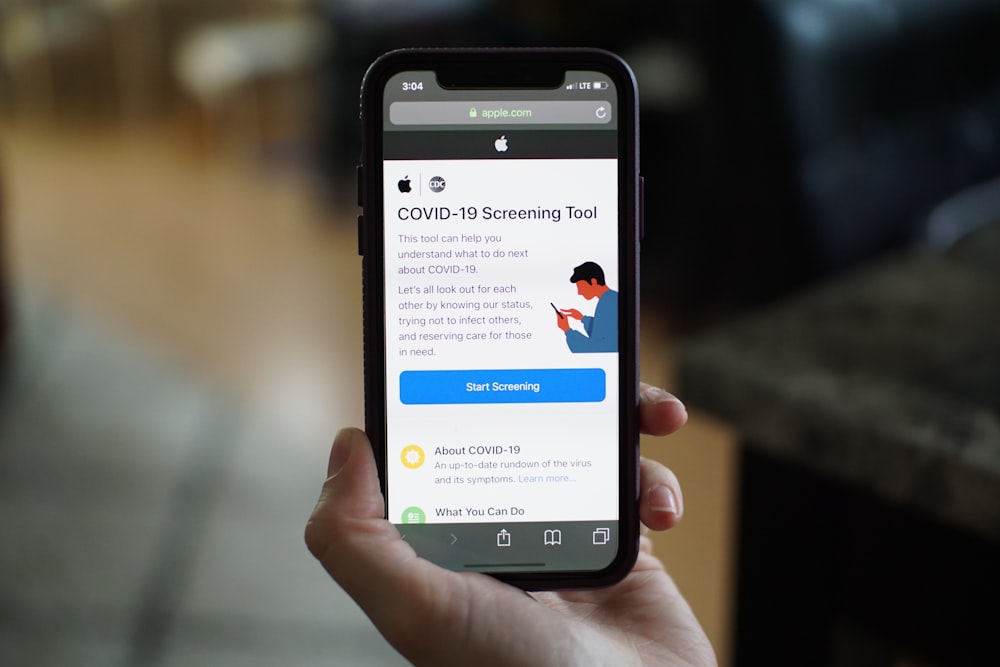Transforming Healthcare Access Through Telehealth
In the ever-evolving landscape of healthcare, the emergence of telehealth has sparked a revolution in how we access medical services. This article delves into the transformative power of telehealth, exploring its impact on accessibility, convenience, and the overall healthcare experience.
The Rise of Telehealth
Telehealth, a convergence of telecommunications and healthcare, has gained significant momentum in recent years. It involves the use of digital communication technologies to deliver medical services remotely. Whether through video calls, phone consultations, or virtual monitoring, telehealth has become a game-changer in expanding access to healthcare services.
Breaking Barriers to Accessibility
One of the most profound advantages of telehealth is its ability to break down geographical barriers. Rural and underserved communities, once facing challenges in accessing healthcare, can now connect with healthcare professionals from the comfort of their homes. This newfound accessibility has the potential to bridge healthcare gaps and improve health outcomes across diverse populations.
The Convenience Quotient
Telehealth brings a level of convenience that is reshaping the patient experience. No longer constrained by the need to travel to a physical location, individuals can schedule appointments, seek medical advice, and receive follow-up care without leaving their homes. This convenience is particularly beneficial for those with mobility issues, busy schedules, or minor health concerns that don’t necessitate an in-person visit.
Personalized Care in a Digital Realm
Telehealth facilitates personalized care in a digital realm. Through virtual consultations, healthcare professionals can engage with patients on an individualized level. This personalized approach not only enhances the doctor-patient relationship but also allows for more tailored and effective healthcare solutions.
Technological Advancements Driving Telehealth
The success of telehealth is intricately tied to advancements in technology. High-speed internet, secure communication platforms, and sophisticated medical devices contribute to the seamless delivery of remote healthcare services. As technology continues to evolve, so too will the capabilities and reach of telehealth.
Telehealth and Chronic Disease Management
For individuals managing chronic conditions, telehealth provides a lifeline of support. Regular check-ins, remote monitoring of vital signs, and prompt interventions contribute to effective chronic disease management. This proactive approach not only improves the quality of life for patients but also reduces the burden on healthcare facilities.
Telehealth as a Catalyst for Preventive Care
Beyond reactive care, telehealth serves as a catalyst for preventive healthcare. Routine check-ups, wellness consultations, and early detection efforts can be conducted remotely, encouraging individuals to prioritize their health through regular virtual appointments. This shift towards preventive care has the potential to positively impact public health on a broader scale.
The Human Touch in a Virtual Setting
While telehealth leverages technology for healthcare delivery, it also emphasizes the importance of the human touch. Healthcare providers can convey empathy, understanding, and compassion even through a screen. The combination of technology and human connection creates a holistic healthcare experience that transcends physical boundaries.
Embracing the Future of Healthcare
As we embrace the future of healthcare, telehealth stands at the forefront of innovation. Its ability to enhance accessibility, provide convenience, offer personalized care, and contribute to both chronic disease management and preventive care positions telehealth as a transformative force in the evolution of healthcare delivery.
In this digital age, explore the benefits of telehealth and its impact on healthcare accessibility at Telehealth. Experience a new era of healthcare that prioritizes convenience, personalization, and the well-being of individuals.
